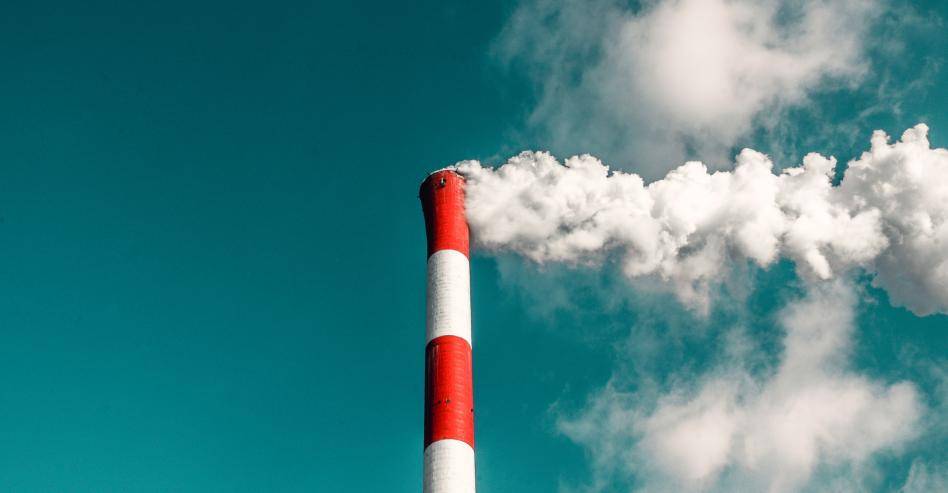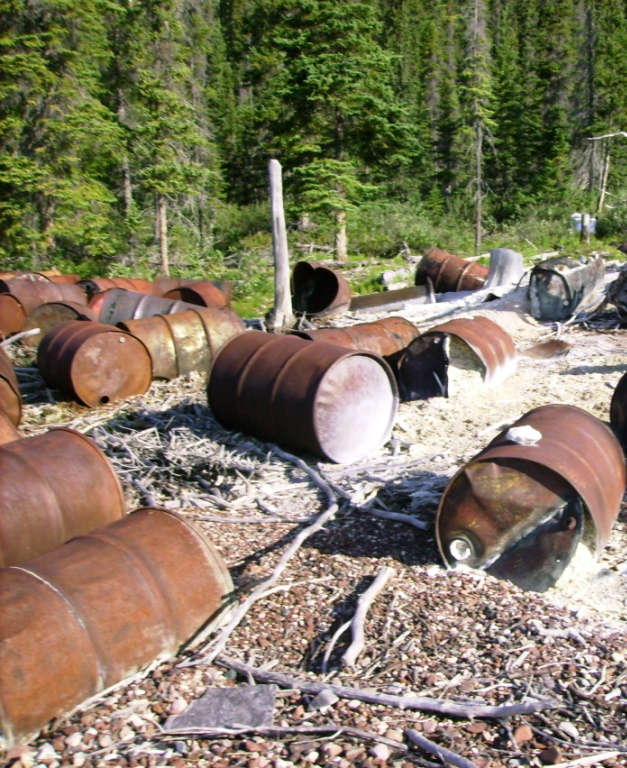Wednesday, October 8, 2025
The federal government’s final 2025 National Inventory Report, which tracks greenhouse gas emissions data between 1990–2023, supports that Canada’s plan to cut pollution is making a difference. In 2023, Canada’s greenhouse gas (GHG) emissions were 694 Mt CO2 eq, a decrease of 65 Mt (8.5 per cent) from 2005 levels. This does not include the accounting contribution from land use, land-use change and forestry (LULUCF).
This year’s report shows that even as Canada’s economy has grown, the emissions intensity of this economic growth has decreased by 34 per cent. Canada’s emissions are now the lowest they have been in 27 years, excluding the pandemic years, and significantly lower than pre-pandemic levels. The historic decline in emissions intensity—equivalent to taking 1.8 million cars off the road for a year—shows how the growing Canadian economy is becoming cleaner and more sustainable.
“Fighting climate change and driving down pollution goes hand in hand with building a strong, competitive Canadian economy,” said Terry Duguid, Minister of Environment and Climate Change. “This year’s National Inventory Report shows that Canada’s plan to tackle emissions from the highest-emitting parts of the economy is making progress in cutting down emissions. The federal government will continue to lead these efforts, ensure big polluters pay their fair share, and drive the growth of a clean economy while tackling the climate crisis.”
Canada’s 2025 report includes analysis of emissions trends from 2013–2023 that supports the work of key policy measures that were implemented in high-emitting sectors of the economy. The report shows that fugitive greenhouse gas emissions from oil and natural gas have decreased by 33 per cent between 2013–2023, driven in part by Canada’s 2020 oil and gas methane regulations, which have reduced methane venting and leaks while supporting production growth and the development of new clean technologies.
Similarly, GHG emissions from Canada’s electrical grids decreased by 34 per cent over the same period, due to federal and provincial efforts to phase out coal-fired electricity generation and the shift to cleaner power generation. Further progress on emissions reductions is expected in the coming decades, as a result of Canada’s new Clean Electricity Regulations, which aim to transition the grid to net-zero by 2050. Canadians are also helping reduce emissions while lowering their monthly bills by making their homes more energy-efficient and switching to electric vehicles.
The 2025 National Inventory Report supports that the collective efforts of all governments, businesses, Indigenous groups, and all Canadians are making a difference in lowering the emissions intensity of our economy. Efforts to date have reduced pollution, helped us build a resilient economy, and position Canada for success in the 21st century.
To read the complete report, visit 2025 National Inventory Report
Featured image credit: Getty Images












